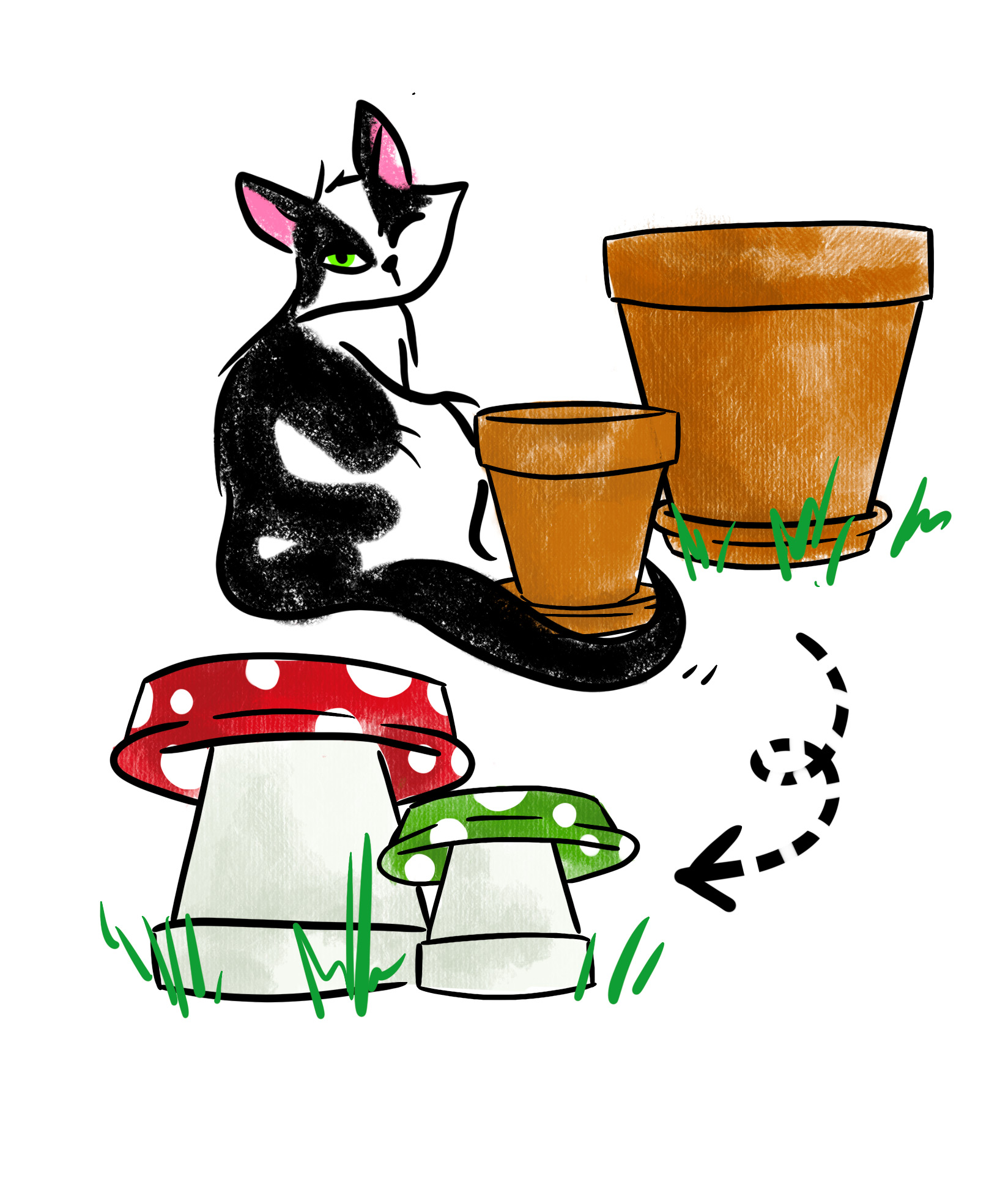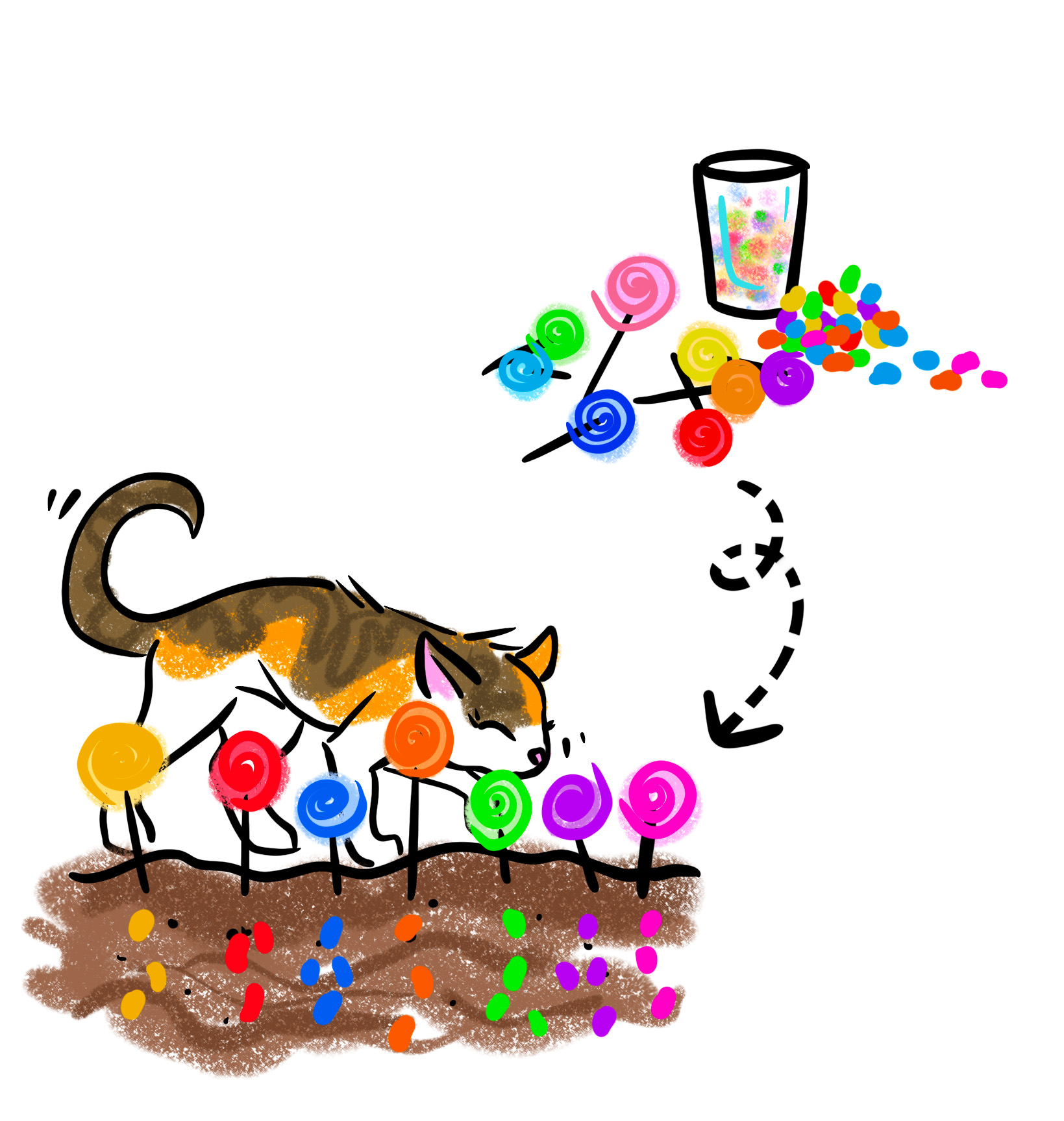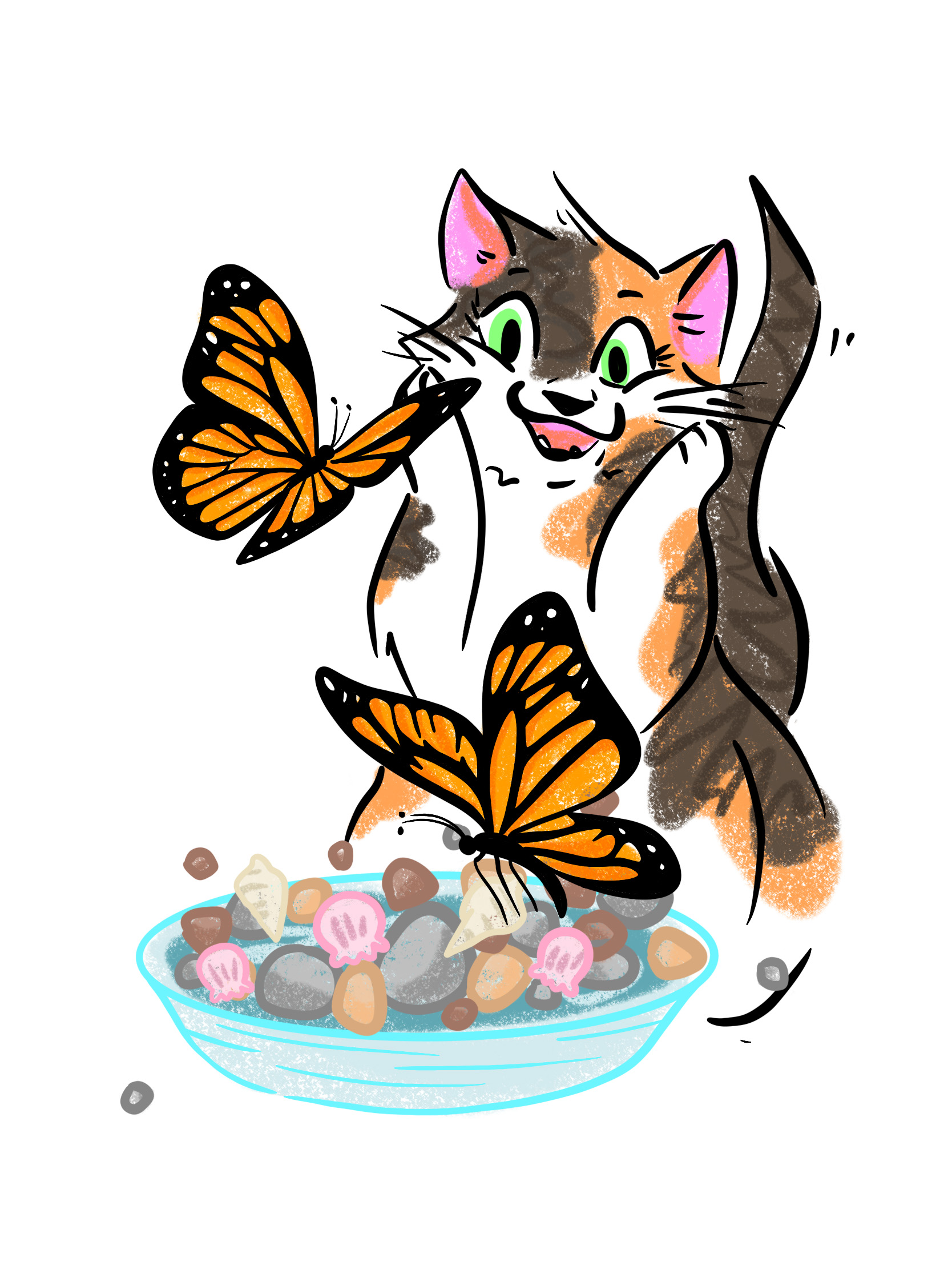Gardening with Kids
Posted by Jessie Jacobson on May 7th 2021
Talk about a legacy for the next generation, gardening with kids is a must do activity - at home, at school, or in the community. Kids need to know where their food comes from, the complex world of pollination, the importance of plants for ecosystems and our environment and, and the essential benefits that plant life adds to our daily lives. Plus, I’d love to have a job for years to come.
Gardening with kids can be super simple. Start small and follow their lead.
Plants Kids Love
Anything crazy, giant, or tasty.
Snap Peas
Snap peas are delicious and sweet. Plant snap pea seeds directly in the ground in late April or early May. Provide a trellis or string lattice for them to grow up. Snap peas are ready to harvest about 60 days after planting, so one of the quicker items to mature in the veggie garden. Kids can eat them right off the vine, after a quick rinse of course.
Ground Cherries
Often an overlooked item in the herbs and veggies section of the garden center, ground cherries are a highly sought-after crop for those in the know. Their small, yellow fruit is wrapped in a papery husk, just like a tomatillo. Their pineapple-like, sweet-tart flavor gives you notes of tomato as they are part of the same plant family. Kids love to hunt and harvest ground cherries and eat them right out of the garden. You can also use them as you prepare fresh salsa, jam, or pie!
Amaranthus
Also known as the summer poinsettia, Amaranthus grow exceptionally large in the garden and boast multi-colored leaves and really cool, dangly flowers. We love the variety called Illumination. It seriously looks tie-dyed. Grow in a warm sunny spot and stake as it grows up, up, and up. The Amaranth flower is symbolic of the Greek goddess Artemis who represents wildness, independence, love of nature, and how to adapt, survive and thrive!
Dill
Not only is dill the main ingredient in pickles, it is also a larval host for the swallow tail butterfly. A larval host is the food source for the larval stage of butterfly development and is integral to their life cycle. If you grow dill in the garden, you will certainly be able to identify caterpillars and watch them grow. Adult butterflies will also visit dill flowers as a source of nectar and pollen.
Tithonia
An absolute pollinator favorite for a sunny location, tithonia is also known as the Mexican Sunflower. Gorgeous orange blooms will attract bees and butterflies all season long and will grow up to 4 feet tall. A great companion plant for Zinnias, Salvia, and Verbena b. in any pollinator garden.
Activities in the Garden
Terra Cotta Mushrooms

Supplies:
- Terra cotta pots in varied heights and shapes
- Terra cotta saucers in various sizes
- Marine epoxy
- Paint & brushes
Just set about the garden and enjoy. Maybe a secret garden gnome could hide notes under the mushrooms for added magic and discovery!
Lollipop Garden

Supplies
- Jellybeans
- Lollipops – super simple or really fancy
Plant jellybean seeds in the garden in rows or groups. One week later, and when kids aren’t looking, poke lollipop sticks into the ground for a super sweet surprise.
Butterfly Puddling Station

Supplies:
- Large terra cotta saucer
- Fine sand
- 2-3” rocks
- Clean water
- Decorative pebbles or shells
Many species of butterflies partake in “puddling” – simply drinking water and extracting minerals from a puddle on the ground using their proboscis (a fancy name for their tongue).
And here are a whole bunch of additional ideas to get kids in the garden!
Early Inputs for Lasting Outputs
Good Bacteria
Eating dirt just might be good for you. Did you know that in one teaspoon of soil there are up to 50,000 microbes, many of which are beneficial?! Playing in the dirt can actually increase serotonin levels in kids, reduce rates of asthma, boost immunity, and increase an overall sense of well-being. Order up!
Fine Motor Skills
Just like playing with play-doh, gardening helps develop fine motor skills in young children. Think about all the small movements that are required in gardening – scooping soil, pinching seeds, removing plants from pots, turning on a hose, and more. Kids develop fine motor skills through experiential play and interacting with the world around them – important skills for their school days ahead.
Encourage Healthy Eating
Kids, and humans in general need to know where their food comes from. Eating fresh produce directly from the garden is one of the most amazing experiences. When kids are able to do this, they feel connected to their food. And guess what, it just tastes better. A sense of satisfaction and accomplishment is felt when you plant, grow, harvest, and prepare food from your own garden!
Gardening is Science
An explanation from my favorite second grade teacher, Mrs. Anderson! “Science is all about observing the world around you, wondering and asking questions, and searching for those answers, which often leads to more questions. Gardening is a fun, hands-on, way for kids to explore, wonder, and ask questions about the natural world around them. What happens if plants don’t get water, sunshine, or enough space to grow? Not only can kids observe what happens when the plants don’t get what they need, they can actually influence what happens by providing what the plants need to survive. They can learn about life cycles and then they can literally go to the garden and see the process happening with their own eyes. Gardening provides all of these learning experiences in such a fun way that the kids don’t even realize how much they are learning.”
Create a Sense of Community
Gardening brings the community together. If you are out in the yard gardening, you will certainly spend more time interacting with your neighbors. As a gardener, you have a sense of being part of something bigger than yourself, contributing to a greater good and the world around us. Gardens make people feel more invested in their community and create a sense of ownership and community spirit. Gardening gets you out of the house so we can connect and look out for one another.
Once upon a time when my son was in preschool, he had to create a collage about family traditions. Guess what he came up with? Pancakes, baseball games, and gardening! Cheers to a long and fruitful gardening season ahead. Happy Mother’s Day and we will see you at Tonkadale.

